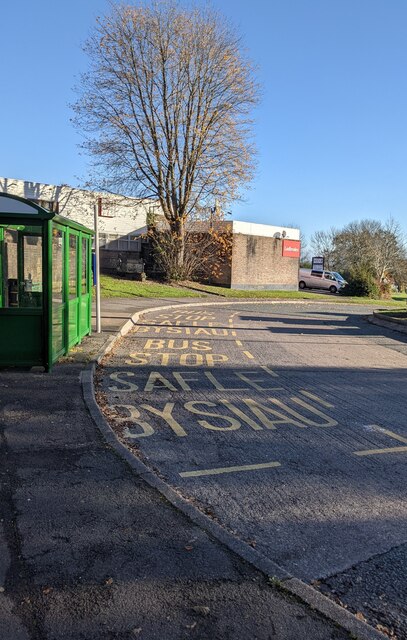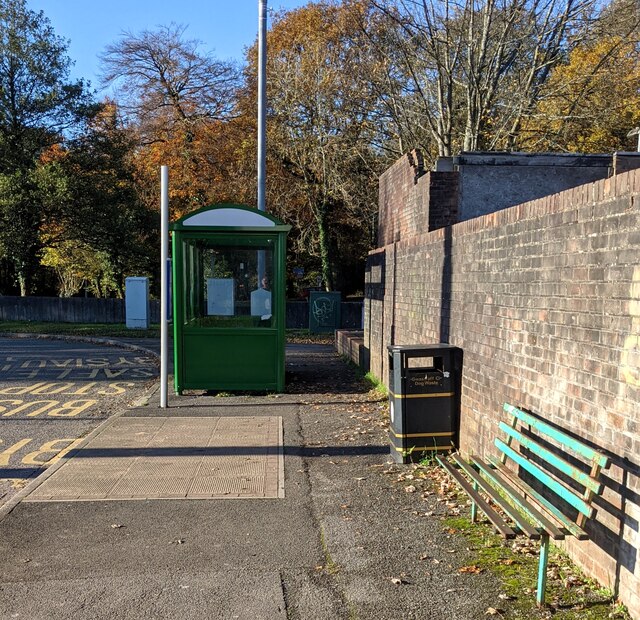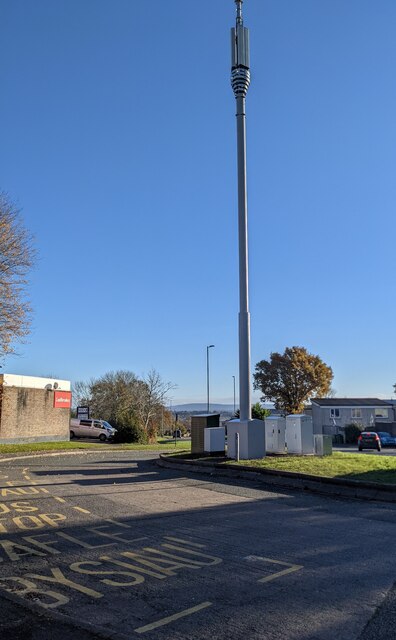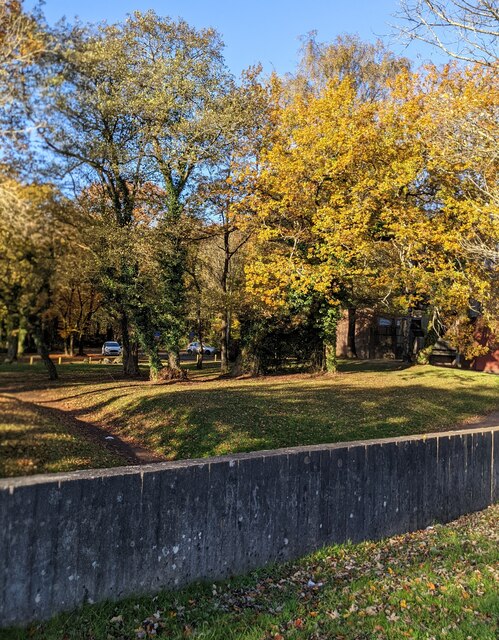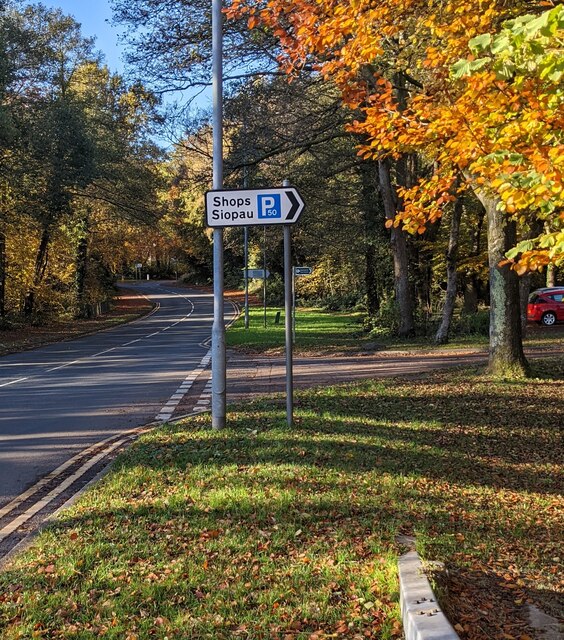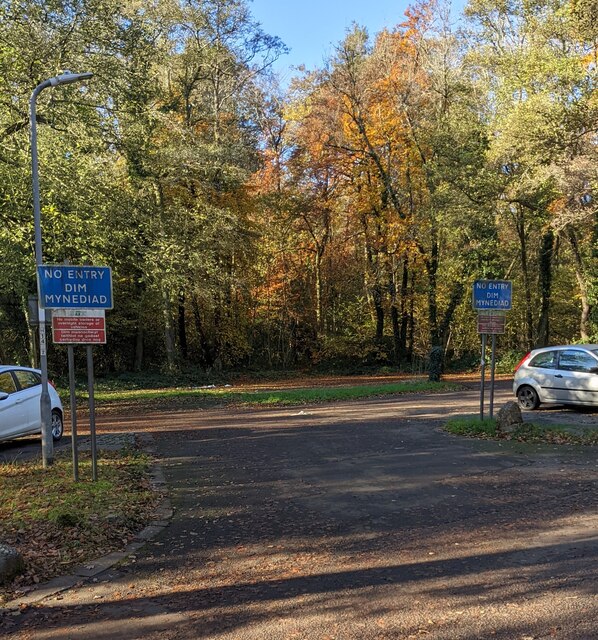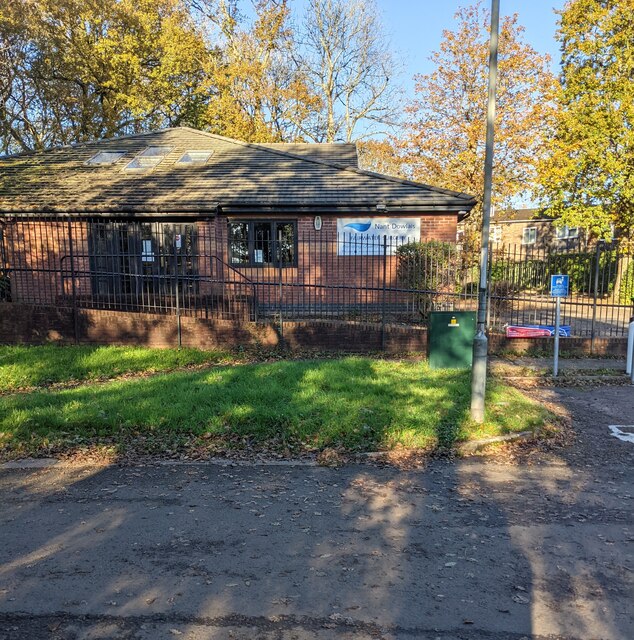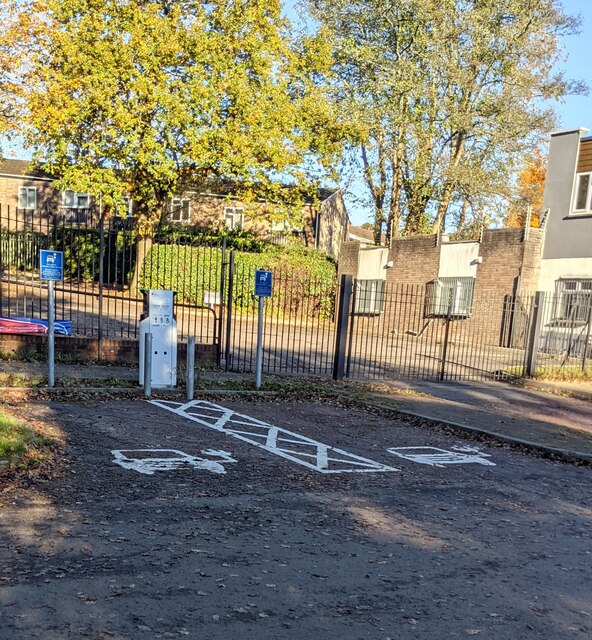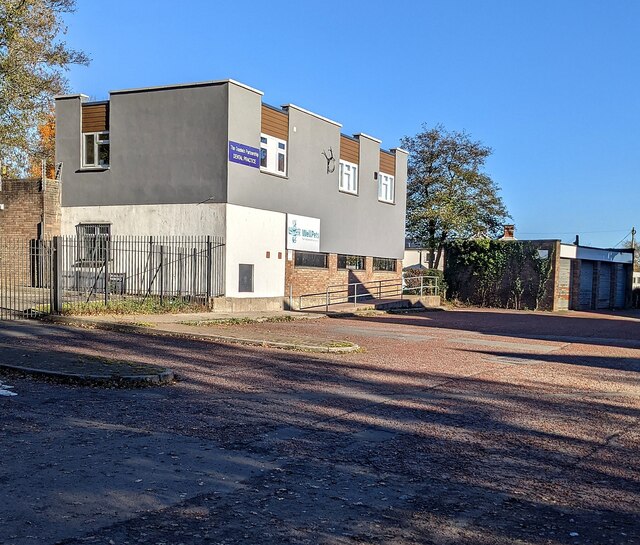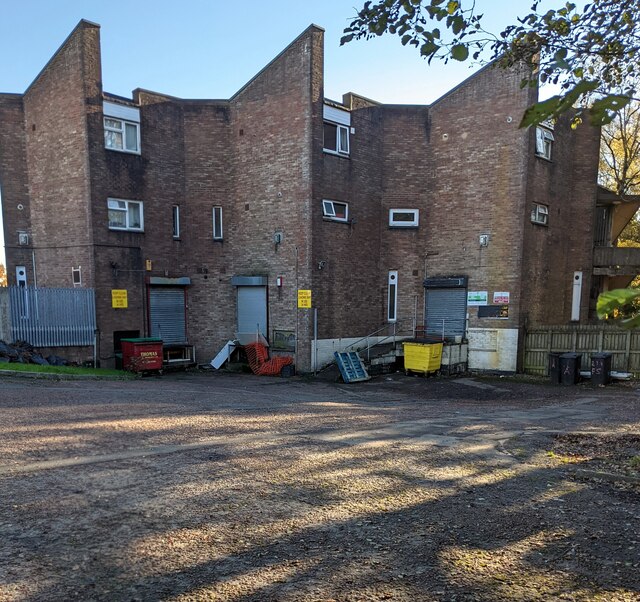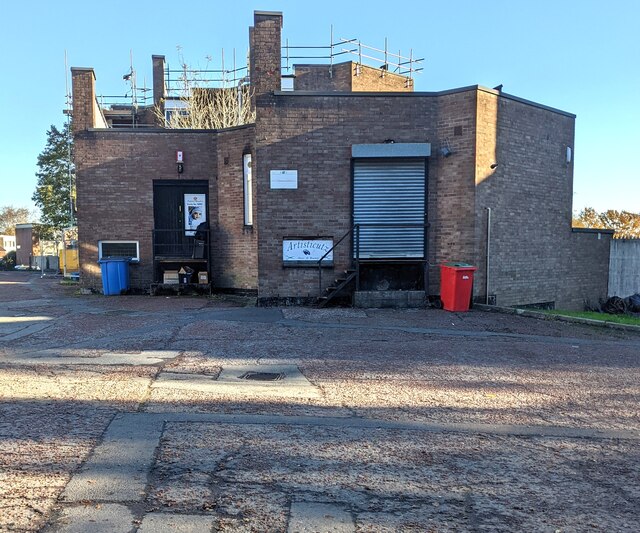Coed Meyrick-moel
Wood, Forest in Monmouthshire
Wales
Coed Meyrick-moel

Coed Meyrick-moel is a picturesque woodland located in Monmouthshire, Wales. Spanning over a vast area, this enchanting forest is a haven for nature enthusiasts and outdoor lovers alike. With its diverse range of flora and fauna, it offers a serene escape from the hustle and bustle of everyday life.
The woodland is characterized by its dense canopy of trees, including oak, beech, and ash, creating a stunning green canopy that stretches as far as the eye can see. The forest floor is adorned with a colorful carpet of wildflowers, providing a vibrant contrast to the towering trees above.
Coed Meyrick-moel is home to a variety of wildlife, making it a perfect spot for birdwatching and animal spotting. Visitors may catch sight of woodland creatures such as deer, squirrels, and foxes, as well as a plethora of bird species including woodpeckers, owls, and warblers.
The forest offers several walking trails, allowing visitors to explore its enchanting landscapes at their own pace. From leisurely strolls to more challenging hikes, there is something for everyone. The paths wind through the forest, leading to hidden waterfalls, babbling brooks, and tranquil ponds, creating a truly immersive experience.
Coed Meyrick-moel also holds historical significance, with remnants of ancient settlements and burial mounds scattered throughout. Archaeological enthusiasts can uncover the rich history of the area while exploring its hidden treasures.
Overall, Coed Meyrick-moel is a captivating woodland, offering a sanctuary for both nature lovers and history buffs. Its breathtaking beauty and tranquil ambiance make it a must-visit destination in Monmouthshire.
If you have any feedback on the listing, please let us know in the comments section below.
Coed Meyrick-moel Images
Images are sourced within 2km of 51.640097/-3.0525692 or Grid Reference ST2794. Thanks to Geograph Open Source API. All images are credited.





Coed Meyrick-moel is located at Grid Ref: ST2794 (Lat: 51.640097, Lng: -3.0525692)
Unitary Authority: Torfaen
Police Authority: Gwent
What 3 Words
///golf.bids.zooms. Near Cwmbran, Torfaen
Nearby Locations
Related Wikis
Fairwater, Torfaen
Fairwater is a community and suburb of Cwmbran in the county borough of Torfaen, in south east Wales, and was built by the Cwmbran Development Corporation...
Coed Eva
Coed Eva (Welsh: Coed Efa) is a suburb of Cwmbran in Torfaen County Borough, Wales. It lies in the preserved county of Gwent and within the historic boundaries...
Henllys, Torfaen
Henllys means 'ancient court' with hen 'ancient' and llys 'court'. The name may refer to the former administrative court of the lordship of Machen Today...
Cwmbran High School
Cwmbran High School (Welsh: Ysgol Uwchradd Cwmbran), previously known as Fairwater High School, is a state-funded and non-selective comprehensive school...
Nearby Amenities
Located within 500m of 51.640097,-3.0525692Have you been to Coed Meyrick-moel?
Leave your review of Coed Meyrick-moel below (or comments, questions and feedback).

